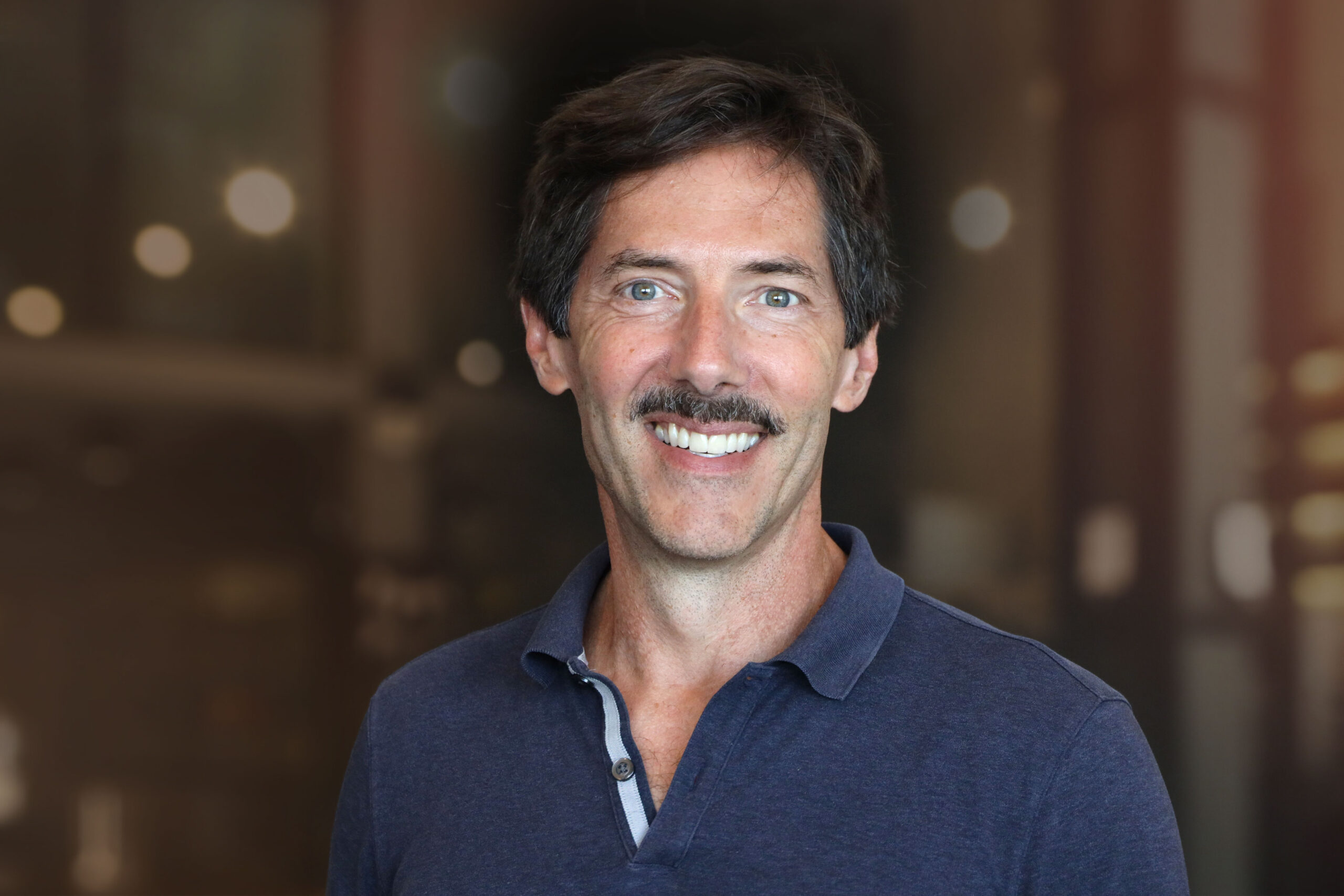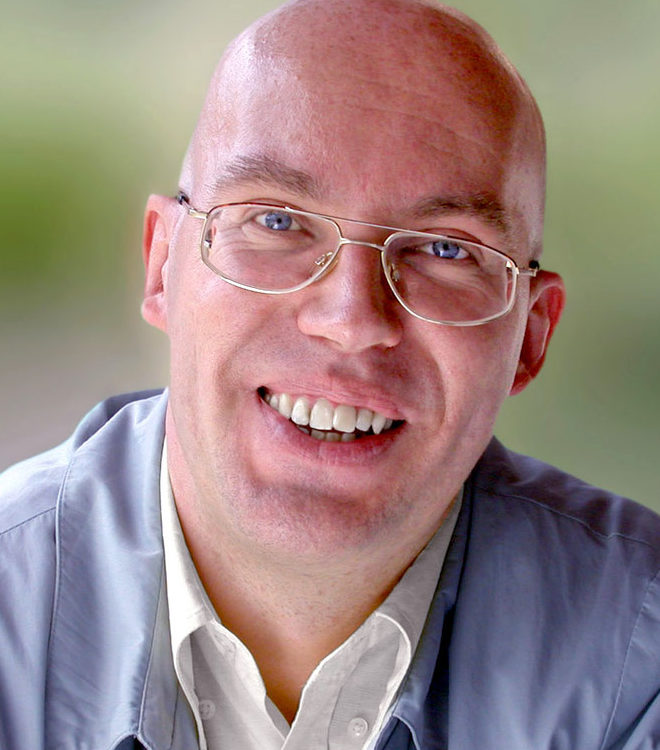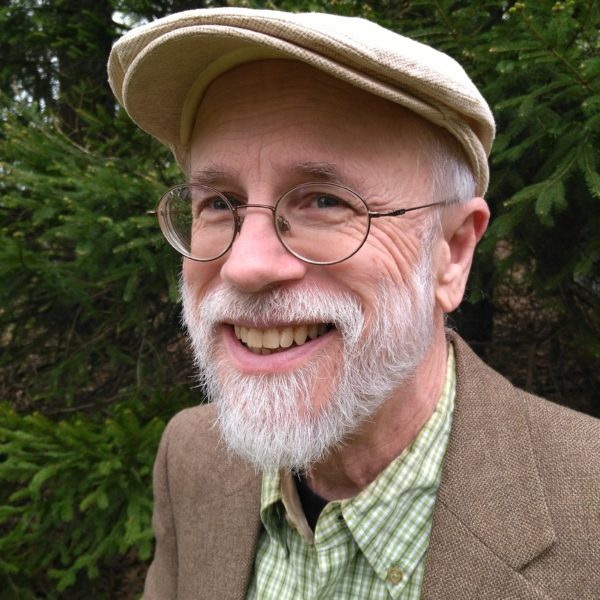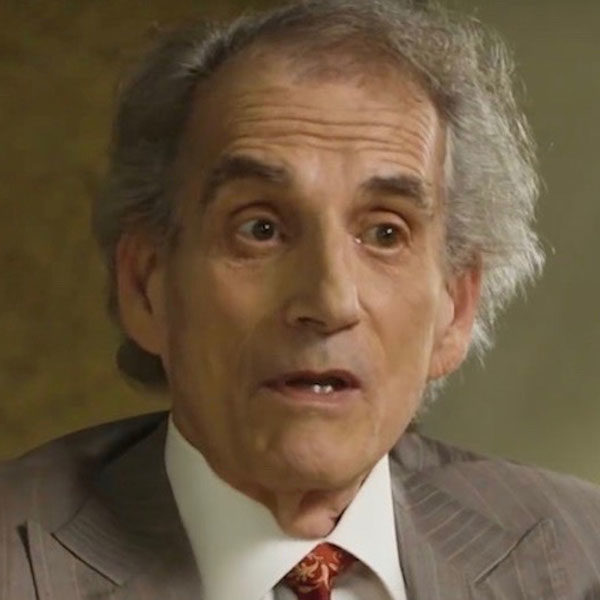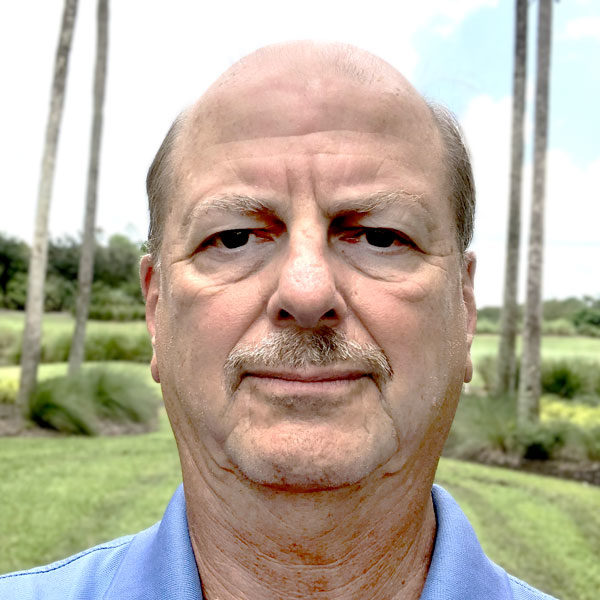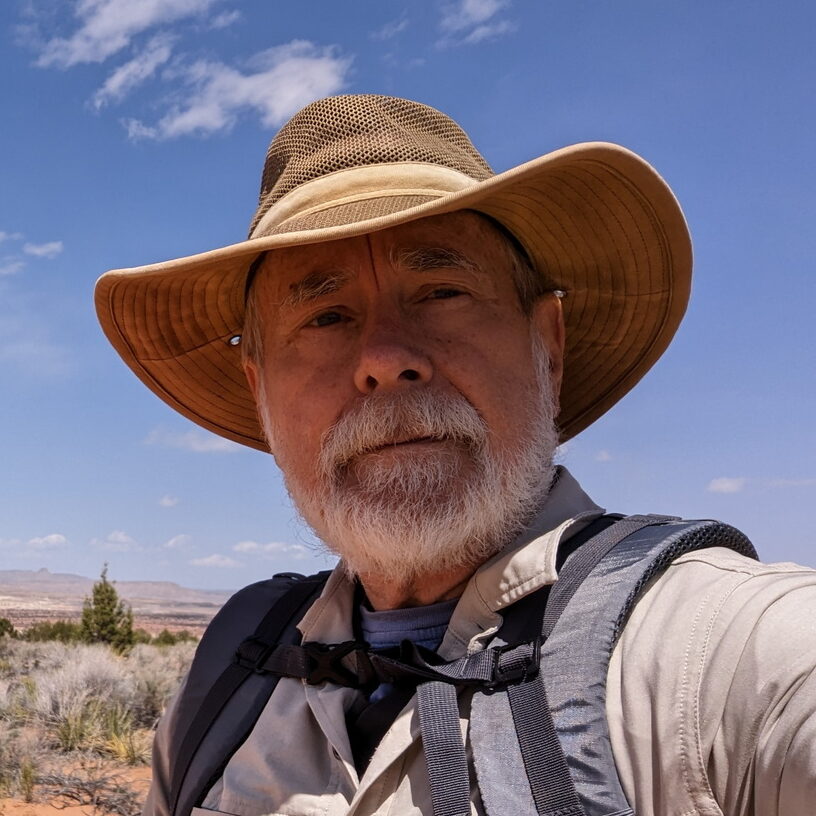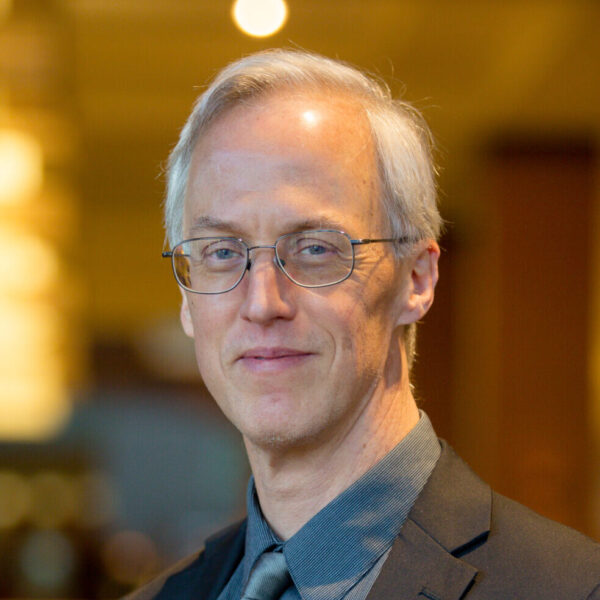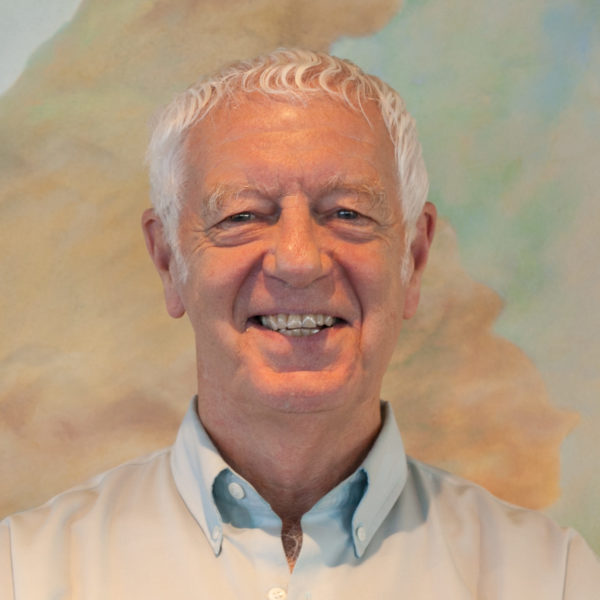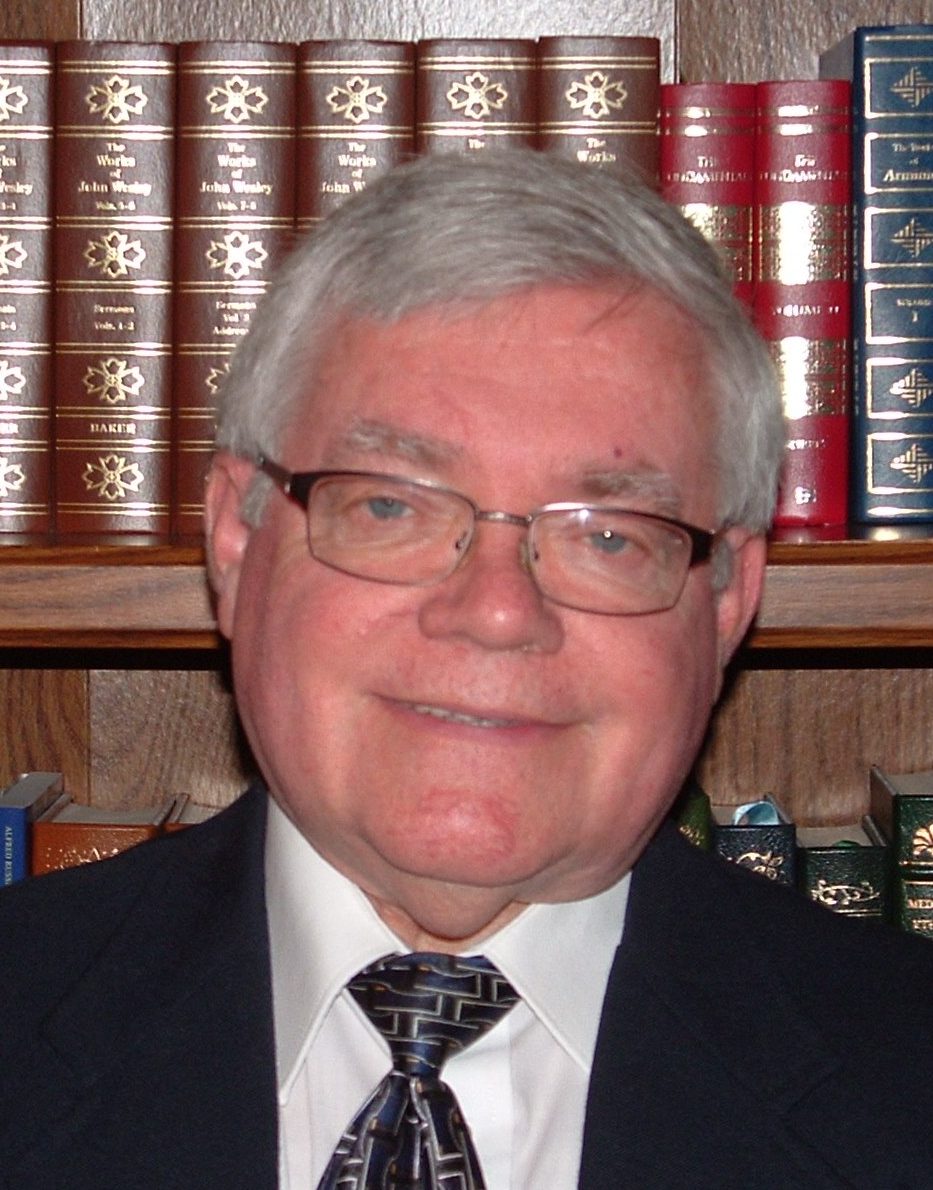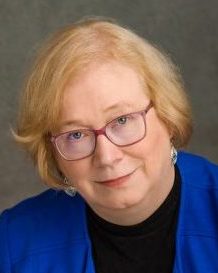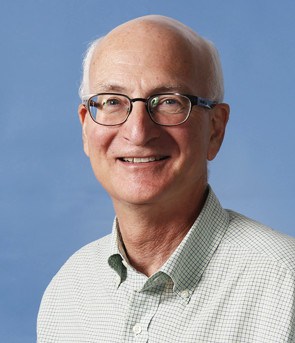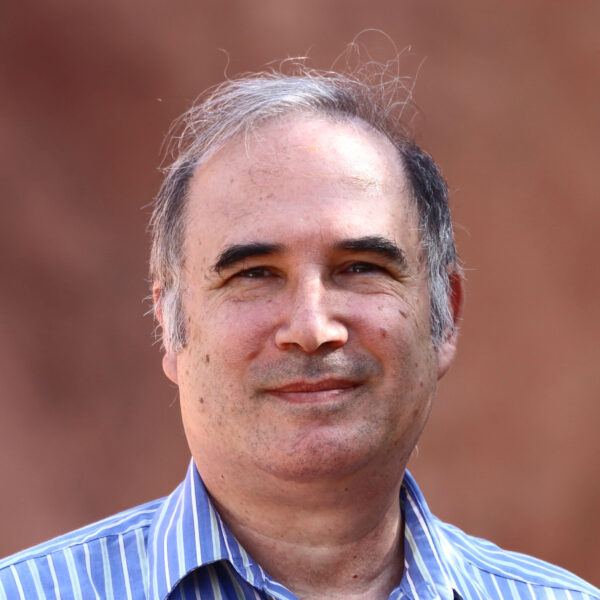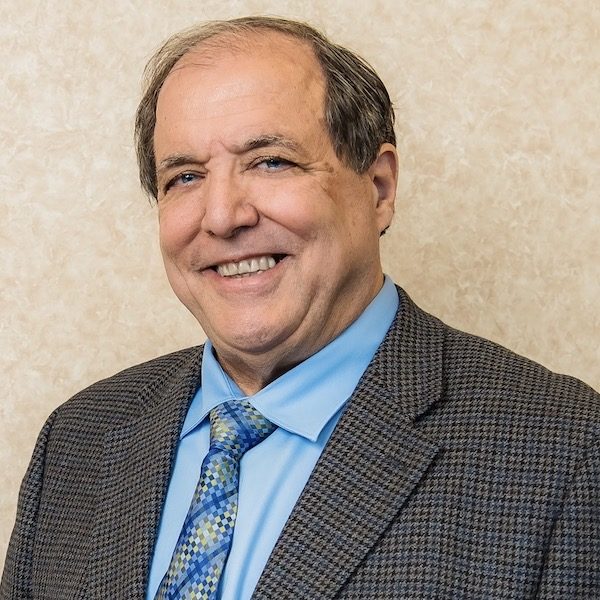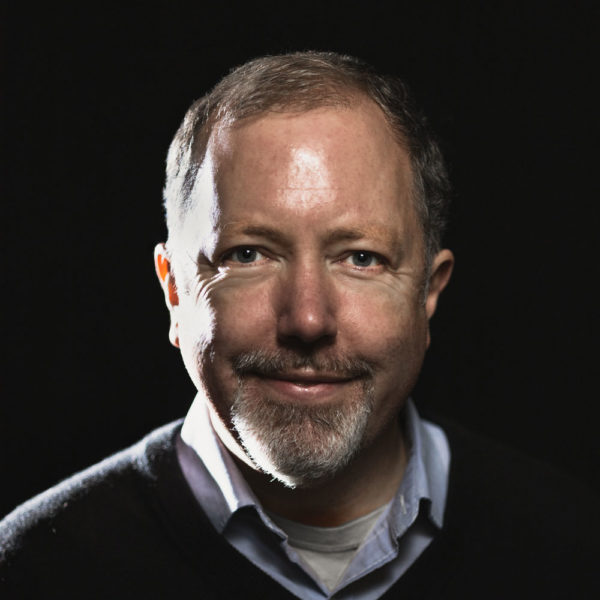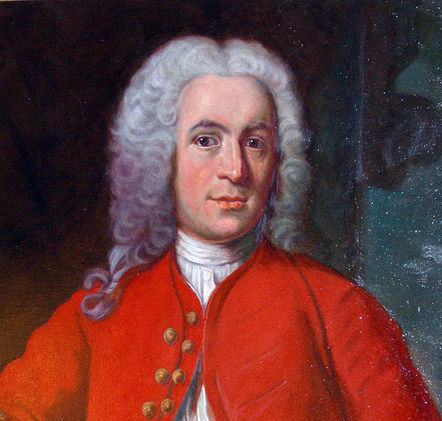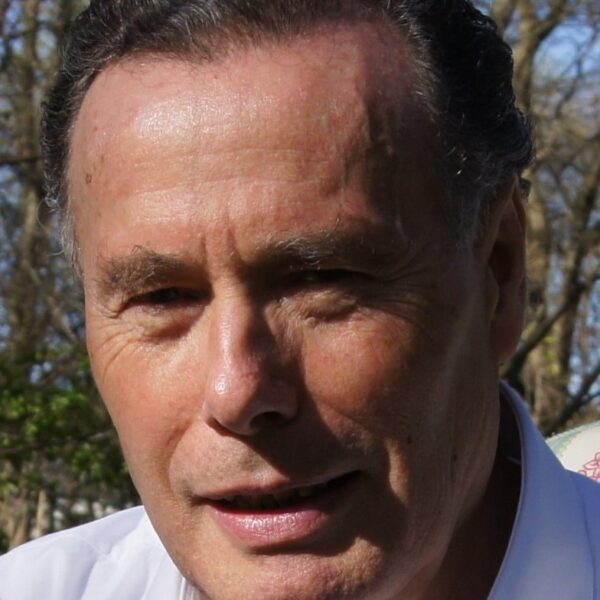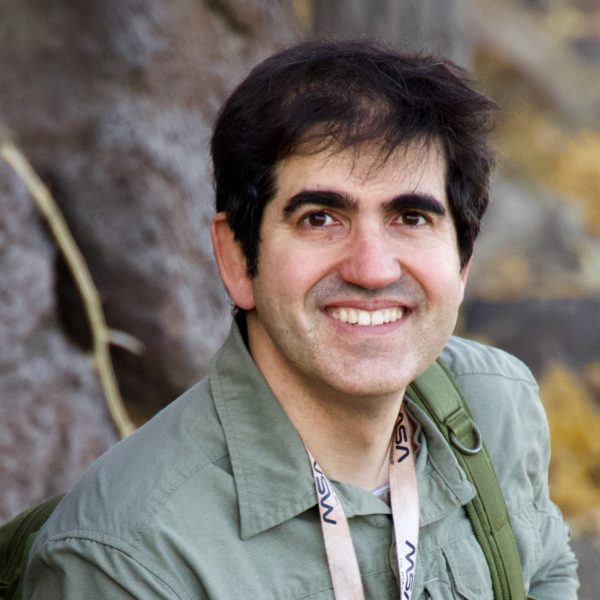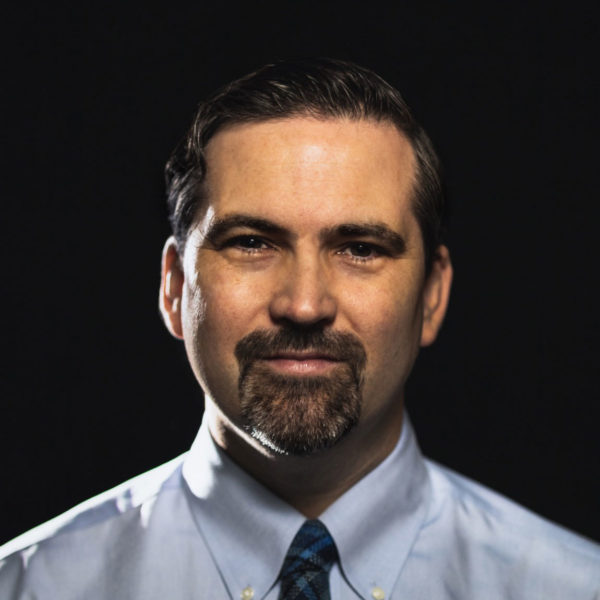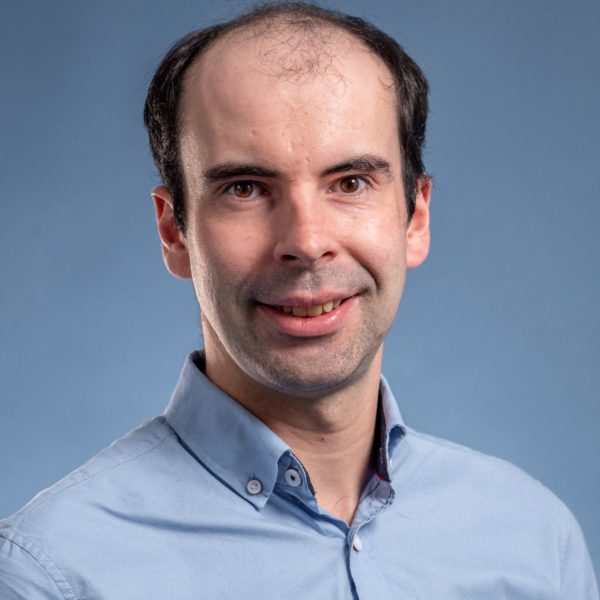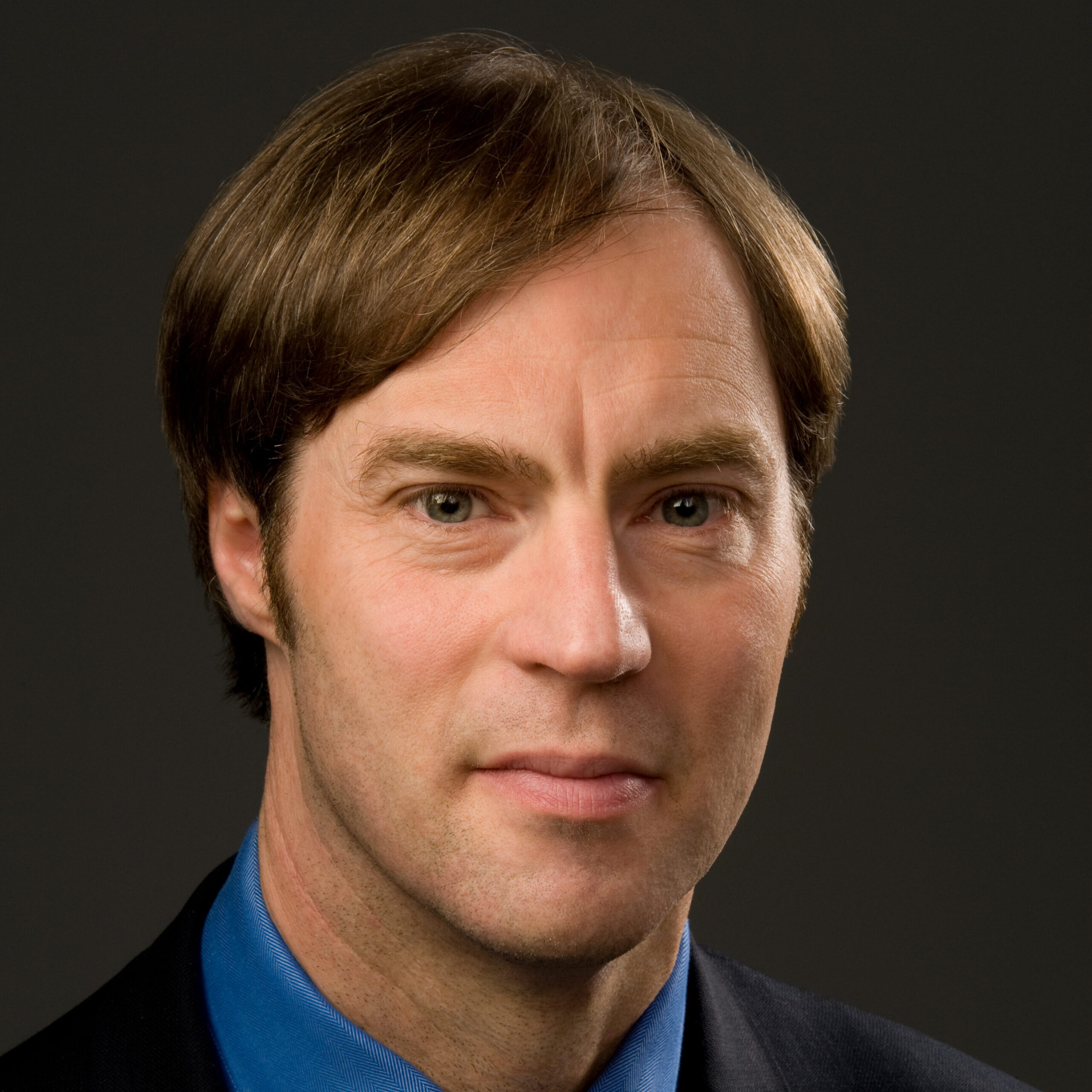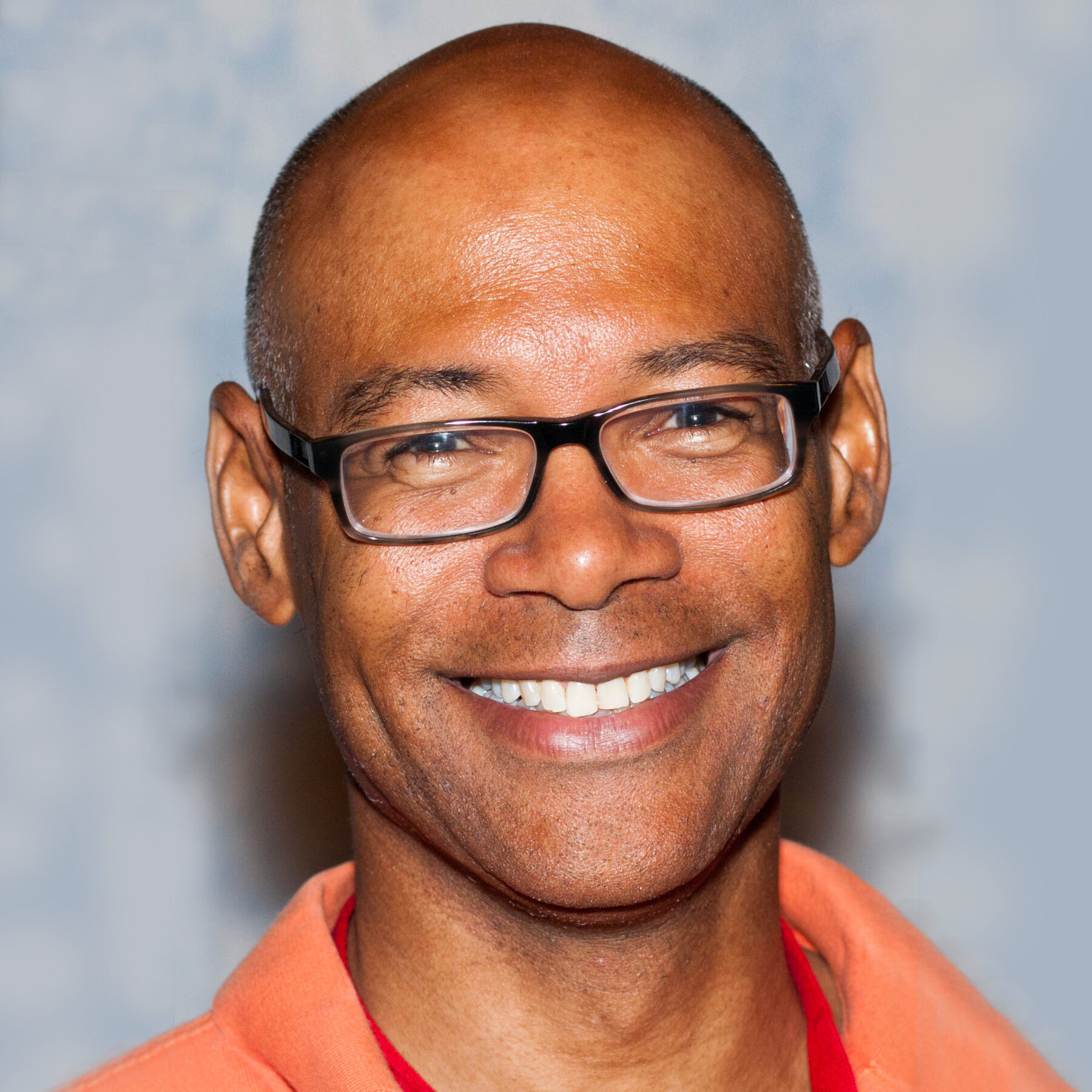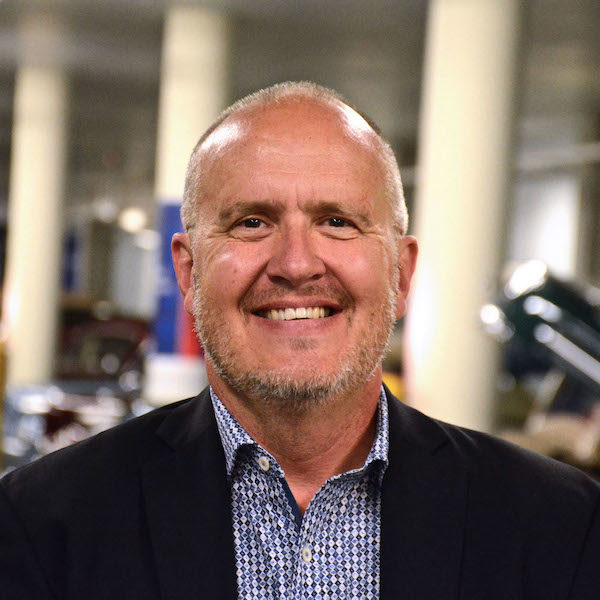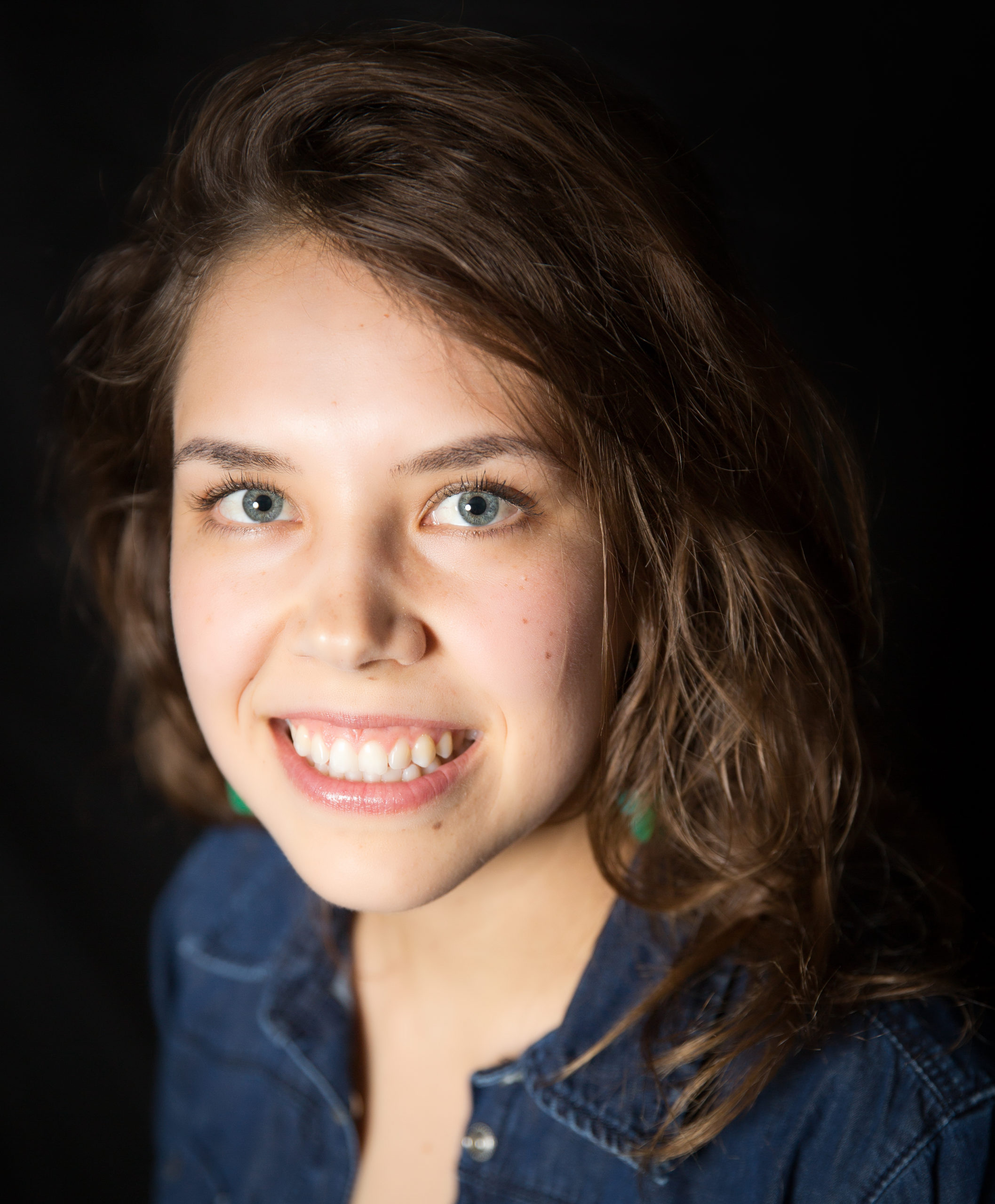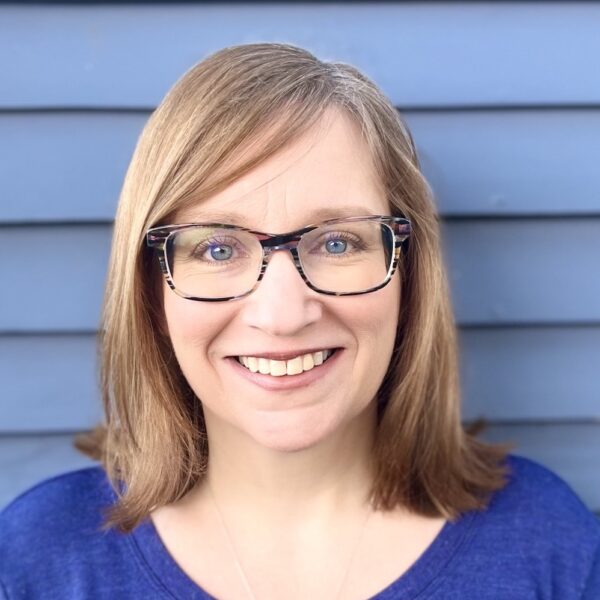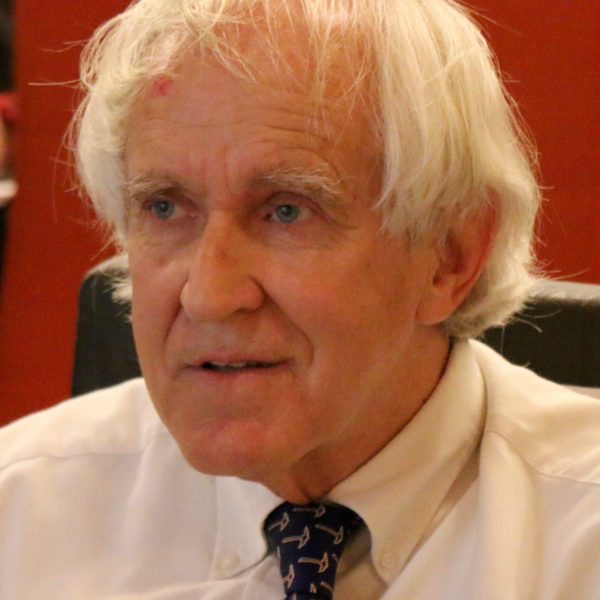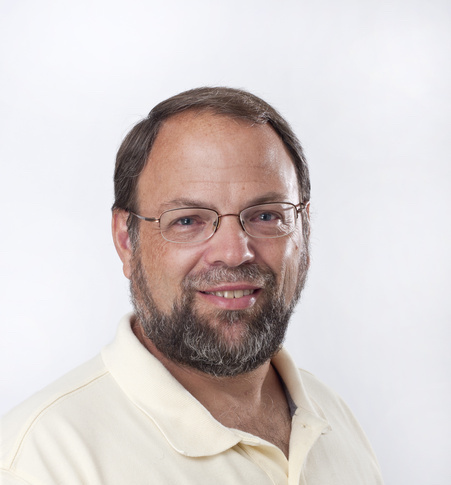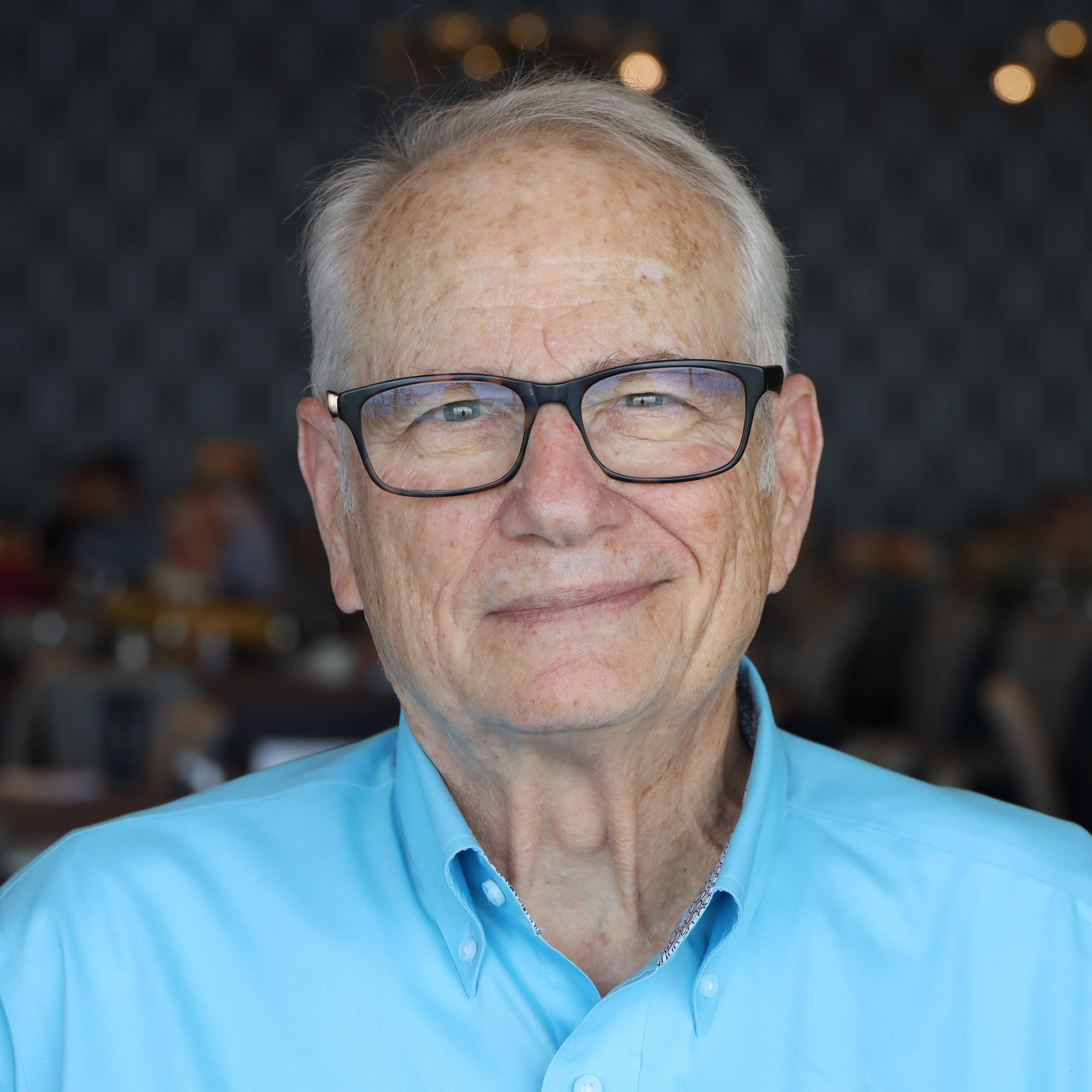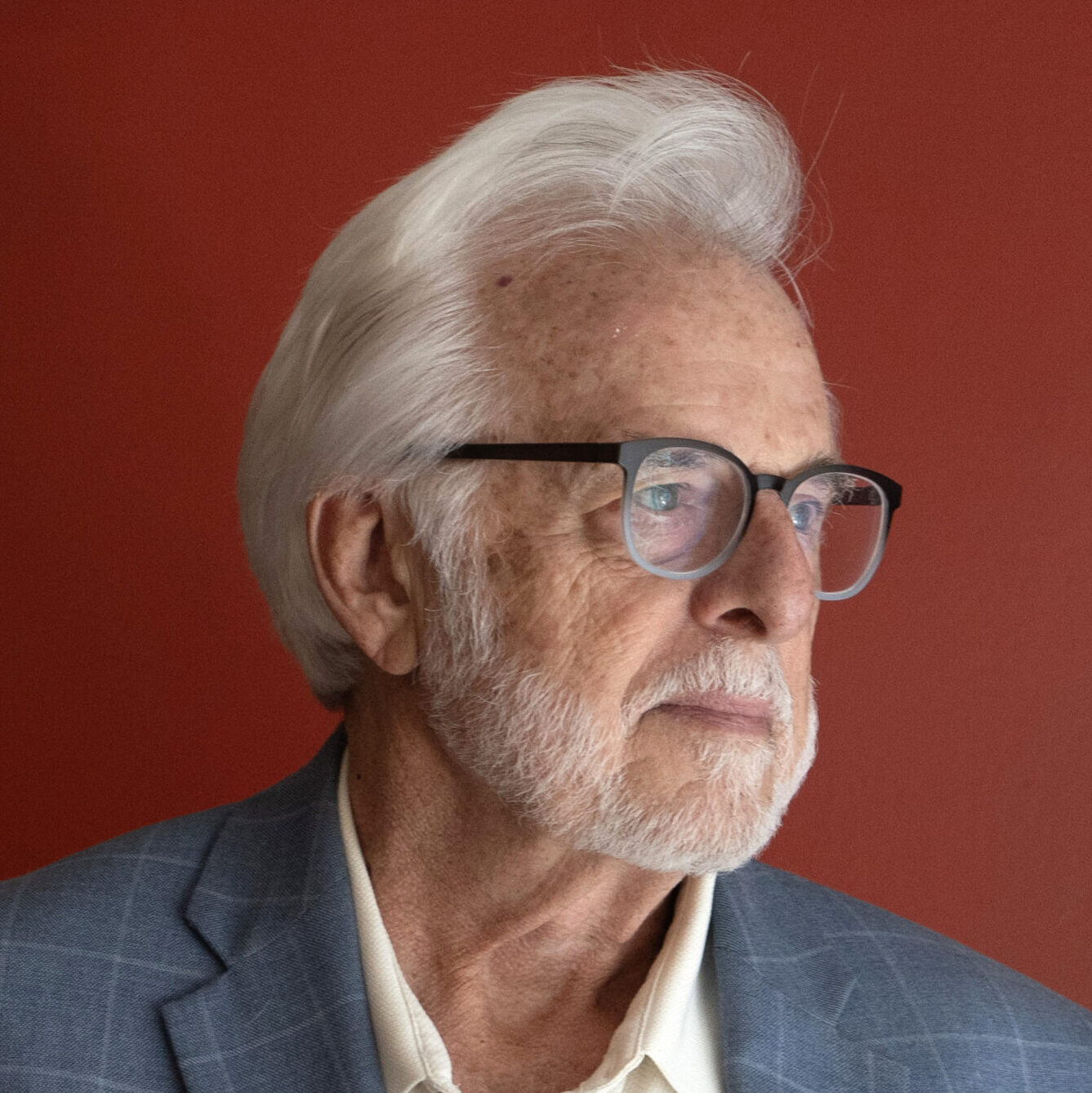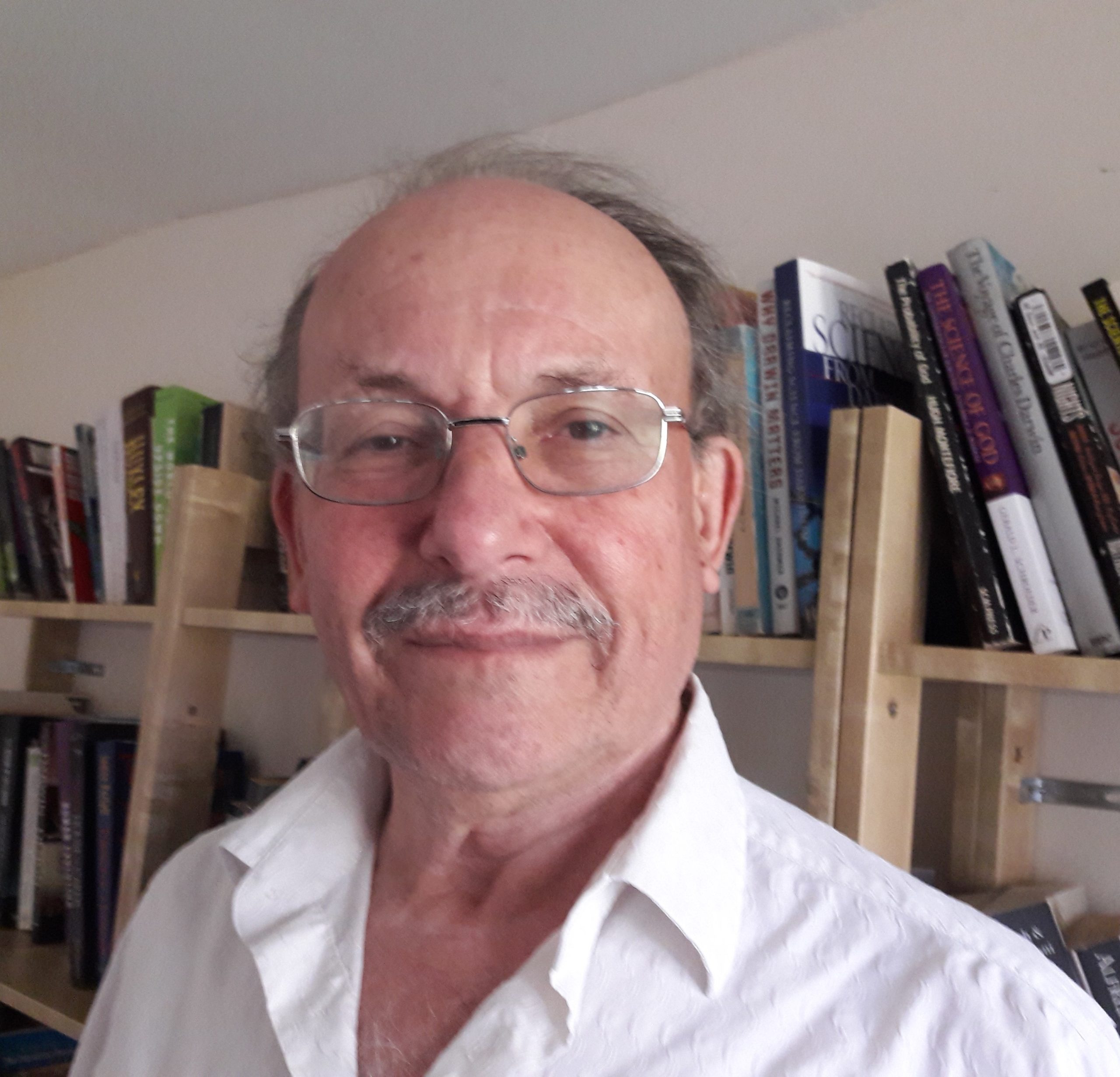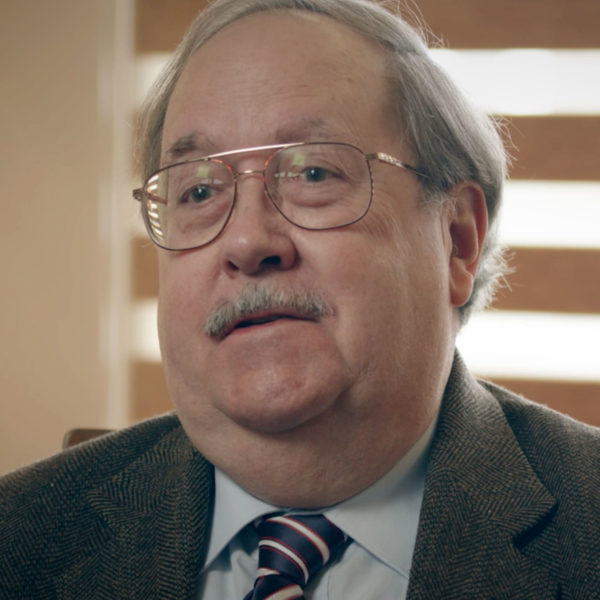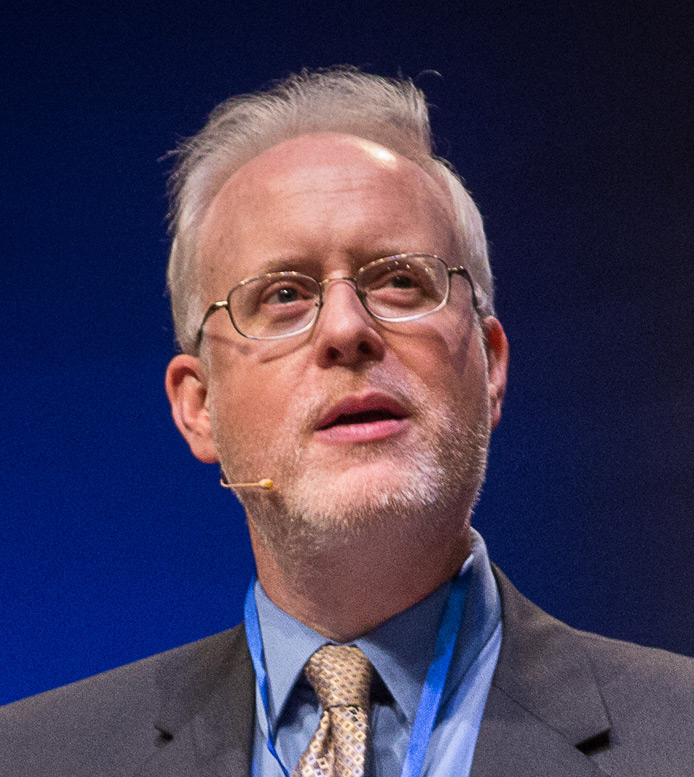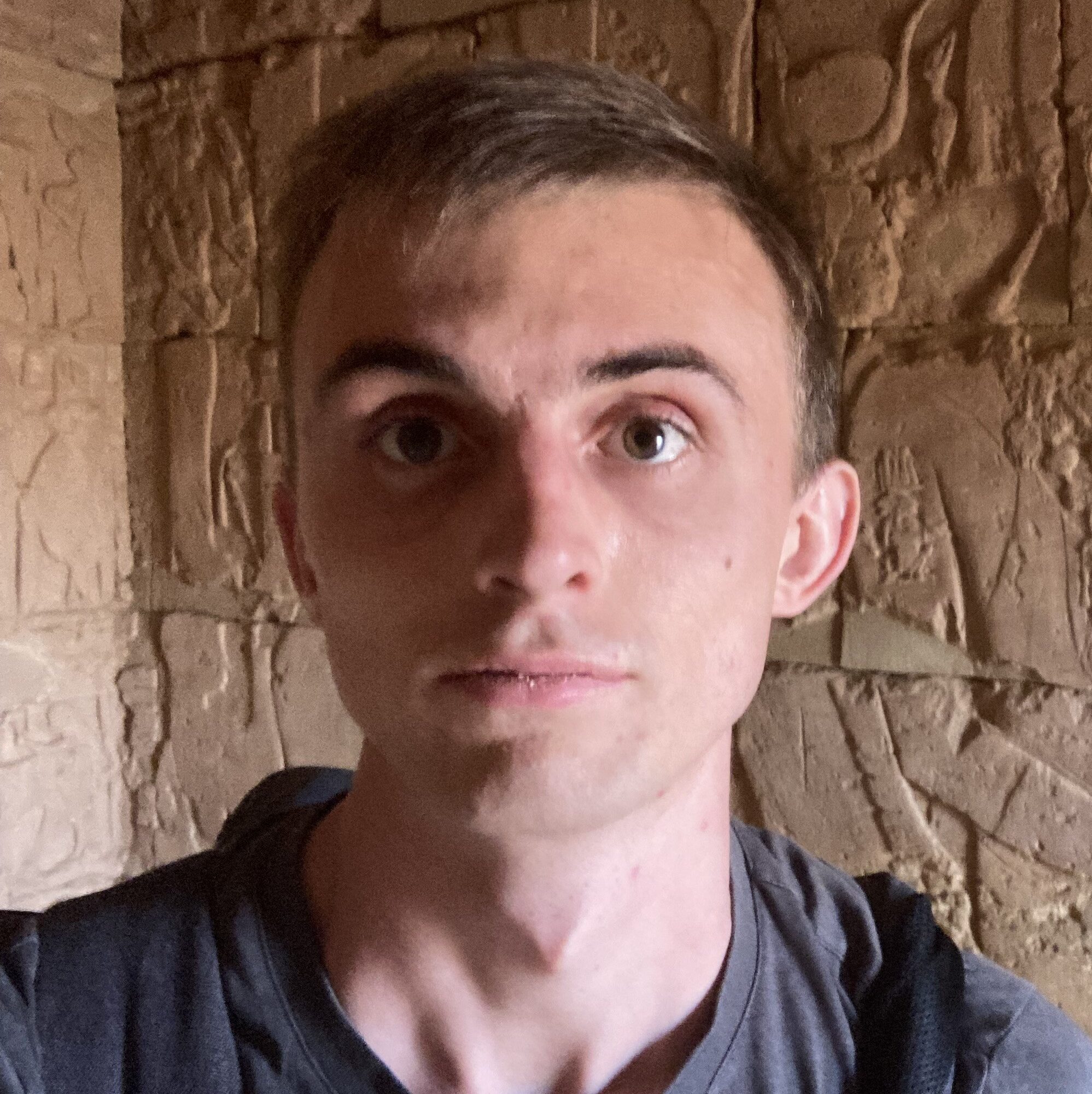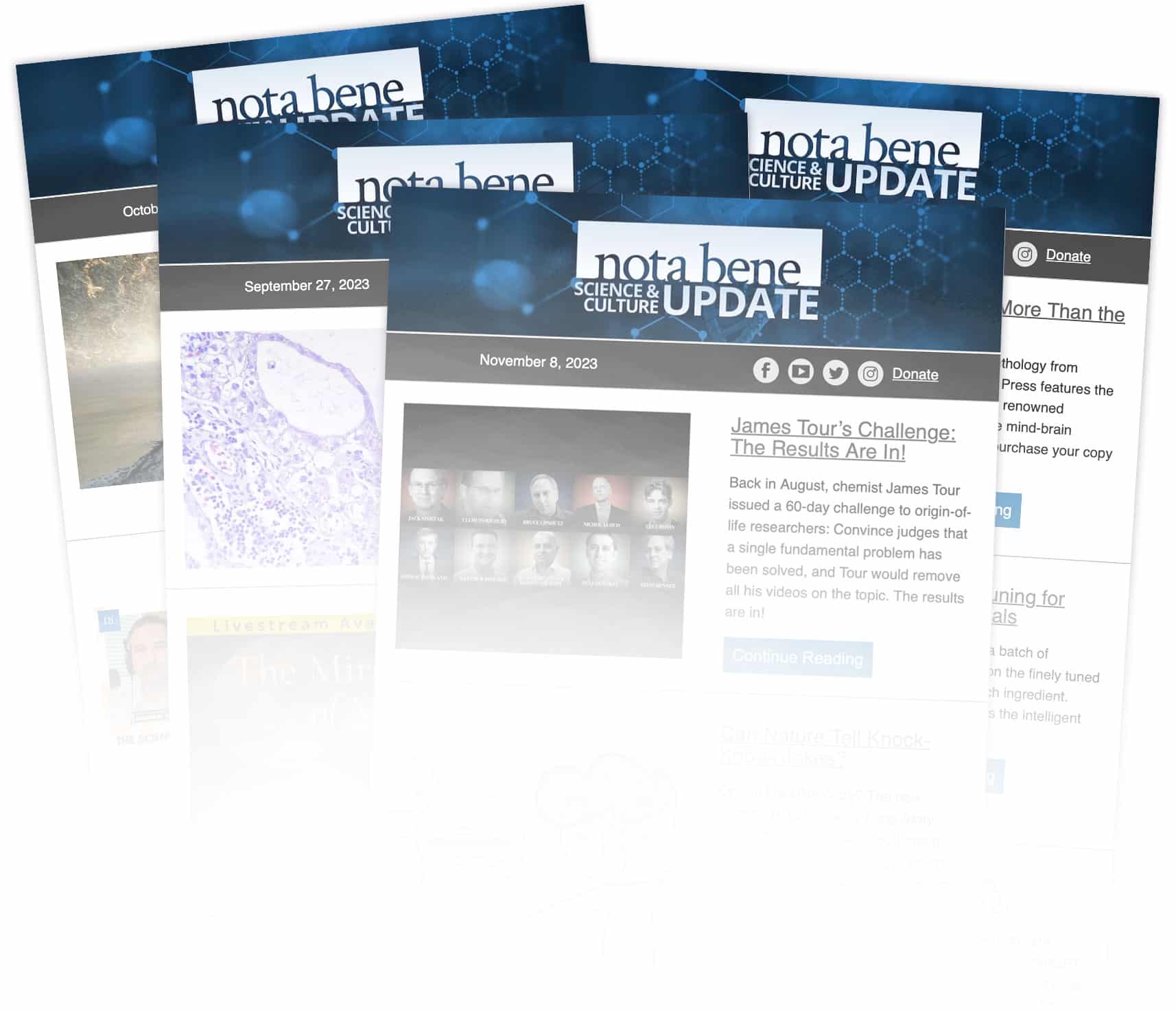Watching the partial phases of the solar eclipse on Monday, April 8, with unsafe glasses can cause permanent and unrepairable eye damage. This is why it is important to use only certified solar eclipse glasses.
Unfortunately, there are some unscrupulous people selling fake eclipse glasses. This may not seem like a big deal to some, but knowingly selling a defective product that will likely cause someone who uses it permanent eye damage is immoral.
The American Astronomical Society (AAS) has issued warnings on fake glasses and how to spot them. If you’ve already purchased glasses, look through them indoors. You shouldn’t be able to see anything except a bright light faintly.
Don’t use sunglasses to view the partial phases of the eclipse. Also, if you’re in the path of totality, you don’t need eye protection during the few minutes of totality. In fact, you wouldn’t see the sun with the eclipse glasses during totality. In the few seconds just before totality begins and also just after totality ends, there is an interesting visual display called the “diamond ring.” If you want to see it safely, it helps to know the predicted times (down to the nearest second) of “second” and “third” contacts for your location. Don’t be tempted to continue looking at the sun unprotected after the second diamond ring at third contact.
For additional details on safely viewing the eclipse see the AAS website.
